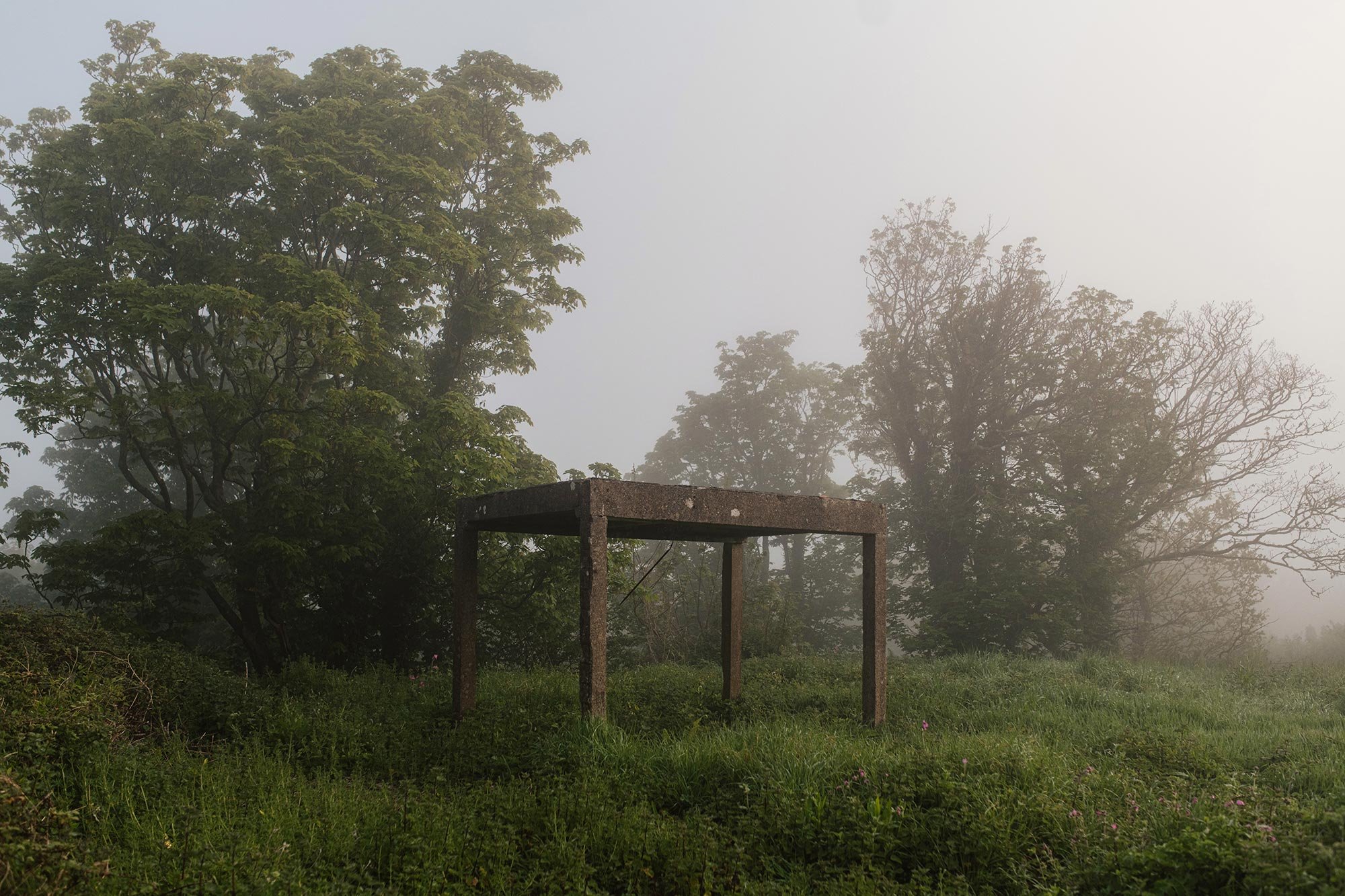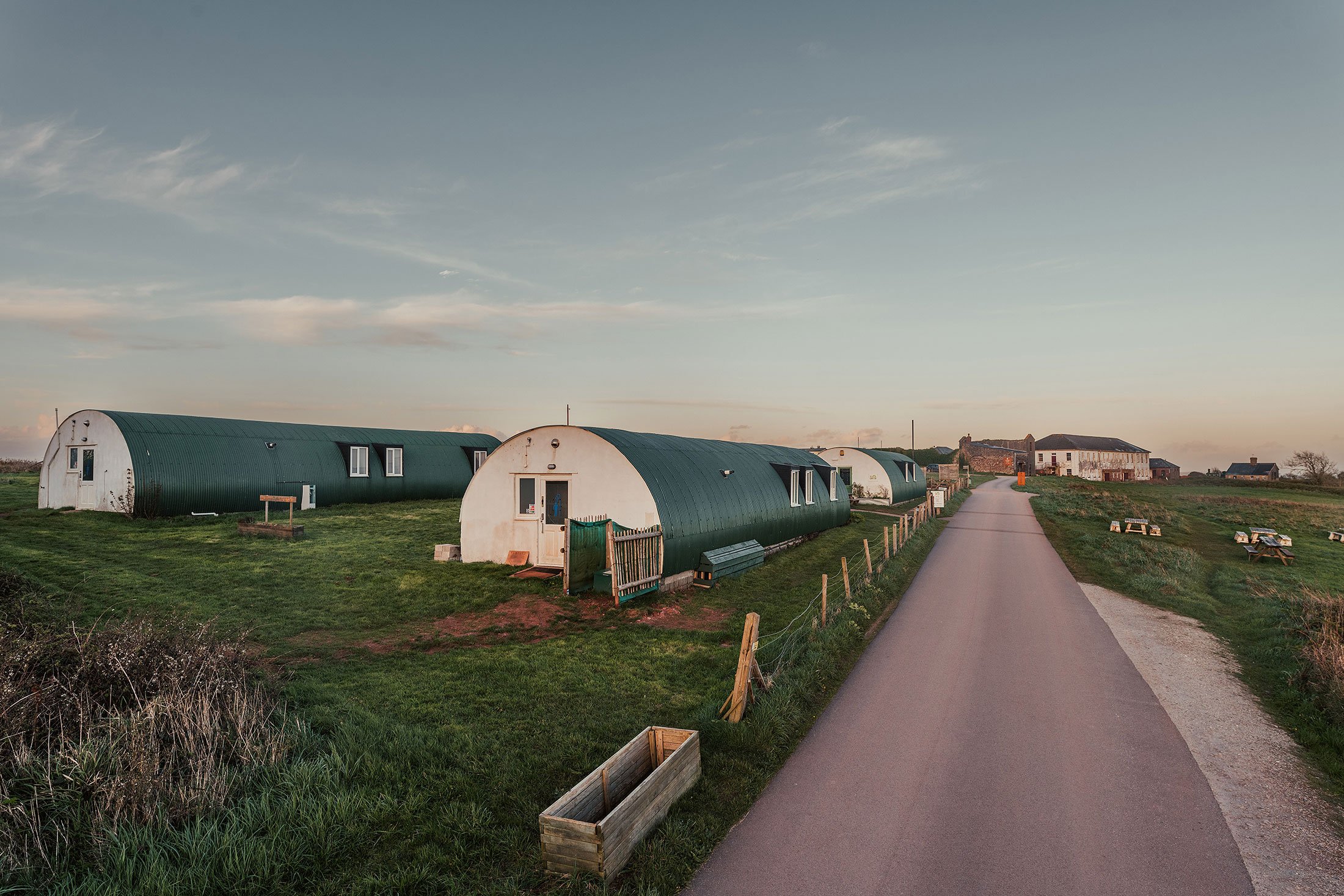
Redoubt No.1
Redoubt No.1
This is the most northerly of the line of four Redoubts. It is located just inside the entrance to Maker Heights from the Cremyll Road.
It was originally built as an earth platform in 1779 when troops were stationed at Maker Heights in preparation for defending the high ground against an expected invasion from the huge Franco-Spanish fleets approaching in the summer of that year. It was later built into a more permanent facility when the Duke of Richmond took over as Master-General of the Ordnance in 1782. It was constructed by soldiers of the Royal Cornwall Regiment Militia. Richmond intended it to be linked to a much larger stone-built ‘star fort’ at Maker Heights that was never built.
Redoubt No.1was never intended to have any permanent buildings. The original earth platform had six gun embrasures facing down the valley to the south west, and two each to provide flanking fire to the north west and south east. However, in 1788 it was re-armed with eight 18-pdr smooth bore cannon. On plans of 1811, a small building is shown opposite the entrance, probably a guard room, and what may have been a storage facility has been added in the south-east corner. Redoubt No.1, like its sister redoubts at Maker, was decommissioned after the conclusion of the Napoleonic Wars in 1815. It was never again used as a military defensive position.
Over the years the Redoubt has now been heavily abraded by the weather, and the original ramparts have been removed - probably when the ROC bunker was built in1960.But the ditch is still visible parallel with the road. This would have separated the Redoubt from its glacis (an earthen slope designed to give a clear field of fire for the defenders and be difficult to climb in attack) that would have run some distance into the field on the other side of the entrance road. There was also a ditch at the rear where the entrance was located, with access possibly via a wooden bridge like Redoubt No. 3.
Redoubt No1 is a scheduled monument and is cared for and managed by the Rame Conservation Trust. It is open to the public.
Redoubt No.1 gallery





